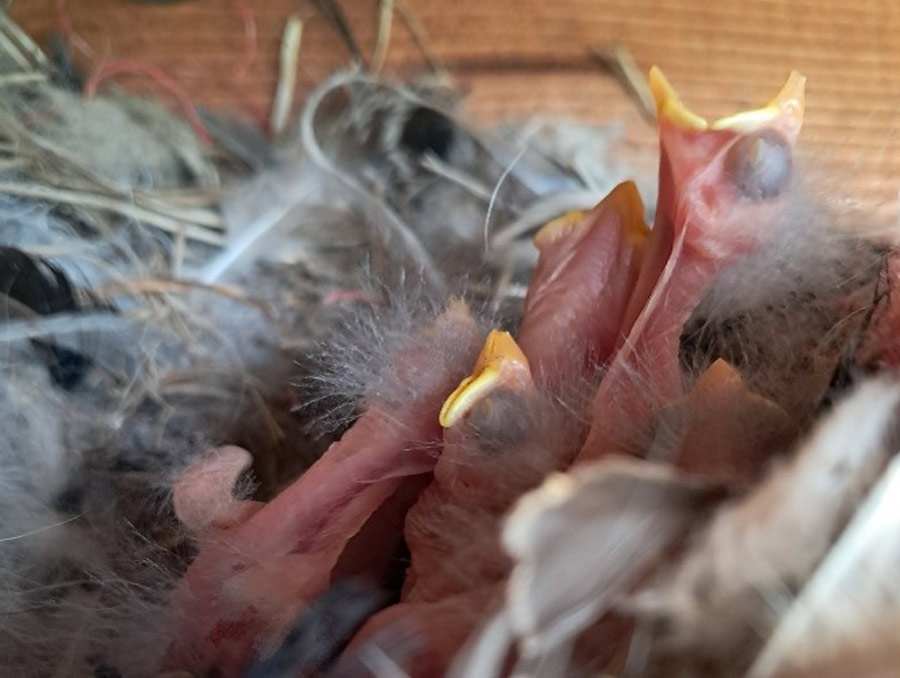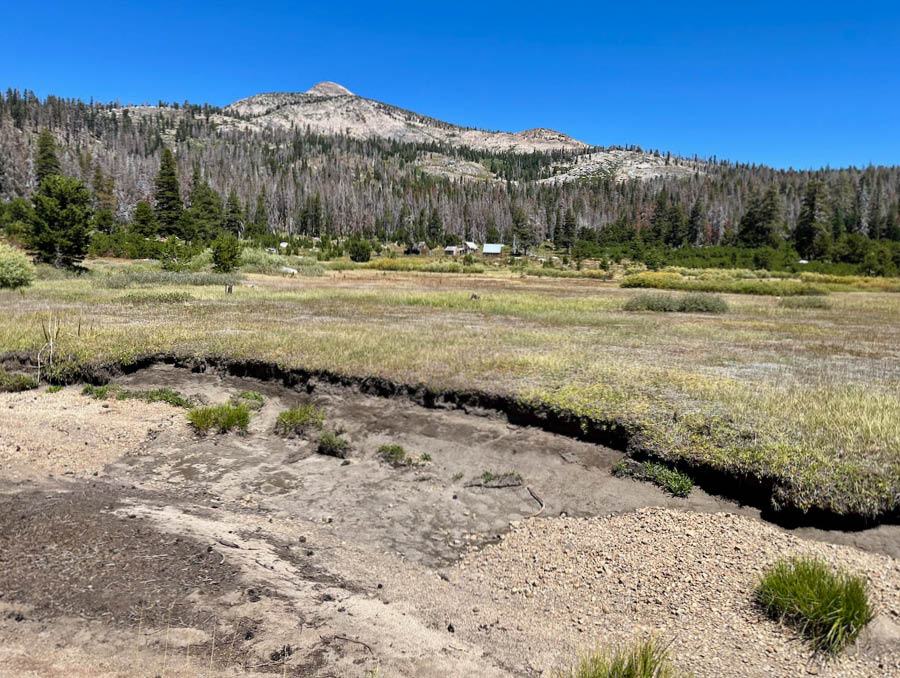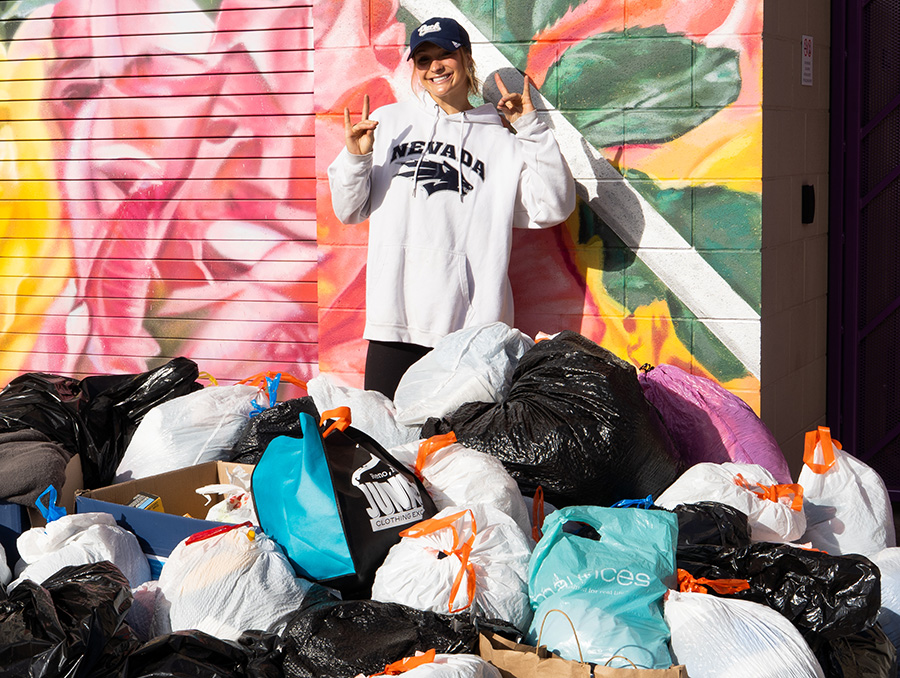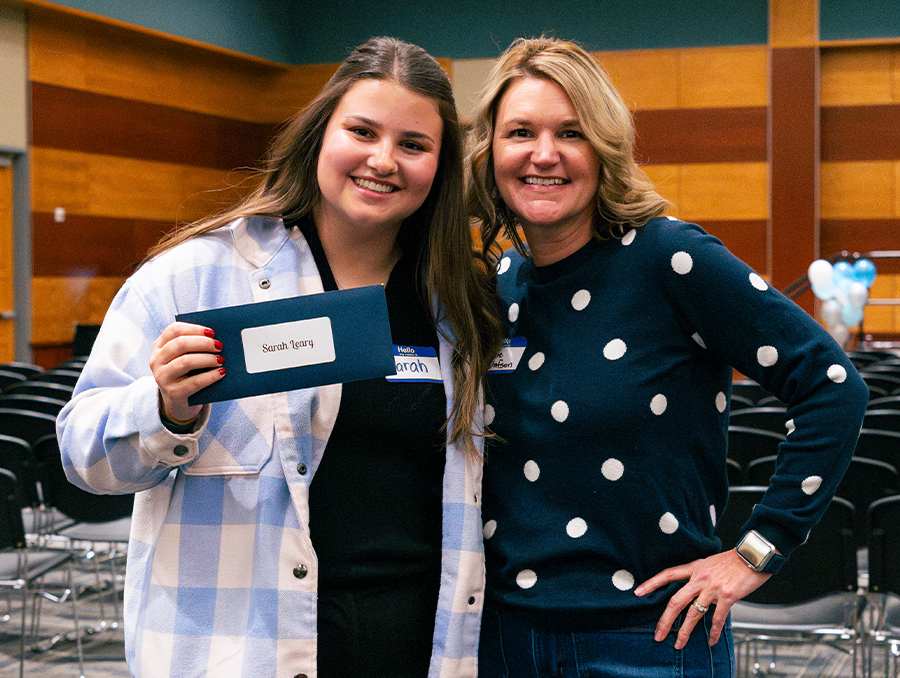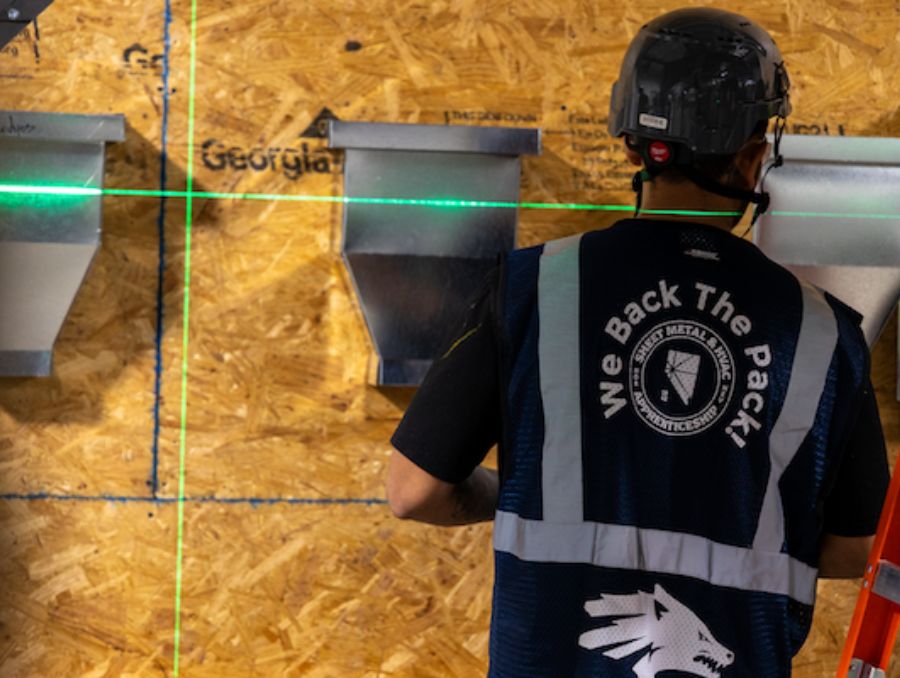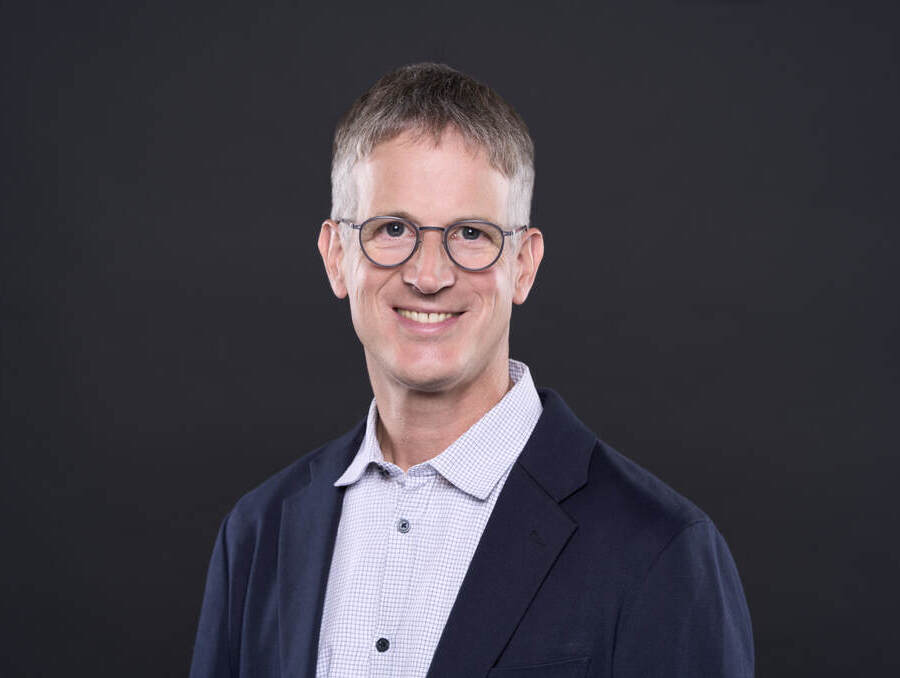When the mission for the Mars rover Opportunity was declared complete, after 15 years rolling around the dusty planet surface examining rocks, soil, craters and dunes, science team member Wendy Calvin was a little sad, but said the rover "had a good long life."
After the worst global dust storm ever recorded on the surface of Mars, the rover Opportunity (which was slated for a 90-day mission) didn't spark to life at the end of storm season as it had each year since landing on the inhospitable planet in 2004.
For planetary scientist Calvin from the University of Nevada, Reno, her first planetary flight mission began with geology on the Mars Exploration Rovers. While the MER mission ended Feb. 13, her work exploring the red planet will continue, including data from the Mars Reconnaissance Orbiter.
"I was on shift in June when we thought the dust storm would blow over, and we kept communicating and listening, and by August we realized it wasn't going to come back like it had in previous years," she said. "We thought we could recover like we did after a similarly intense dust storm in 2007. We're pretty sure we experienced a low-power fault, a mission clock fault and an up-loss timer fault. And the heater may have stuck on, draining the battery."
The team sent more than 800 signals and commands from June to February to try to get a response from the rover. Finally, mission leaders declared the mission over, sending the last commands through the Deep Space Network Radio Science Receiver on the evening of Feb 12.
"MER was really a special mission because it was a small team and a group of people really working together," Calvin, a professor and geologist in the College of Science at the University and a member of the science operations leadership for Opportunity, said. "Much different than more recent missions that are big and complicated, with 500 scientists."
MER is more like a family, she said, because science and engineering came together really well. Engineers learned a lot about science, and science learned a lot about engineering in order to make this work. This is a very different team dynamics than any other planetary mission, it made it a very special experience for everybody.
End of Mission Celebration
Calvin attended a gathering with the rest of the team, which at the height of the project had several hundred science and engineering team members, at the NASA Jet Propulsion Lab Feb. 13 to celebrate the end of the mission.
"It's a great group of people to work with, I'm not too sad," she said. "Opportunity had a good long life. Yesterday, around them all, it was much more poignant, and sad. It's bittersweet, moving on from such a long project. I spent half of my career on this team, it's been wonderful working with such an excellent team and to discover so much more than we expected."
Calvin, Chair of the Department Geological Sciences and Engineering at the University of Nevada, Reno, began this mission on the planet as part of the science team a year before launch, helping to develop the data gathering priorities and operations plans once on the surface, as the engineers and scientists prepared to launch the twin rovers Spirit and Opportunity. She was there since the first science shift on the planet's surface and worked the last week before the rover stopped communicating.
"We always had both science and operations roles. When I started the mission I was focused on data analysis using the mini thermal spectrometer, then dust covered it and we lost that instrument," Calvin said. "Since then I've been primarily working with color image data and doing science operations."
Since 2010, her primary role was in operations as a science team leader who helped the science team navigate and decide what to do on a particular day - directing traffic - literally - deciding where to send the rover, and how far, and what to look for, what instruments to use, and then work with engineers to make sure they could execute that.
"We had to go with what we already knew before landing there," she said. "We had one primary objective, find the evidence that water and rock had interacted for a long time. We had the Sojourner and Pathfinder (Mars missions) that gave us a look at the planet's geology but our global understanding of mineralogy was in its infancy - we had one geophysical signature from orbit, which was the hematite signature. But never in my wildest dreams would I have thought we'd find these little crystalline hematite spherules, little blueberry things - it was amazing and unexpected, we found other things, but this was the first initial wow."
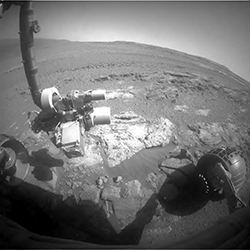
The team confirmed and found evidence for water right away with Opportunity.
"We confirmed water/rock evidence we saw from orbit, the premise was follow the water and to answer the question did life ever get started, and if so, where? We confirmed the presence of crystalline hematite, an iron oxide, that formed in a transient wet/dry environment" she said.
Because of their blue tint in the photos, the small spherules were dubbed blueberries. The presence of the hematite, in millimeters size balls, were embedded in the sandstone and distributed across the landscape. The evidence suggested overwhelmingly that the planet once had surface or groundwater.
"The mission was follow the water for the longest time, and find out did life ever get started, and where," she said. "So the first science step is the water/rock interaction which is what MER is about, and then look for the first sense of whether environments are habitable or not, which is the focus for the Curiosity rover, then finally do we see organics. The 2020 rover will be looking for habitable environments and organics preserved in the rock."
Calvin has been working with data from Mars since she did her doctorate in 1991, using Mariner 6 and 7 data gathered in 1969, and has been working with Mars programs in many ways, but with the MER team since 2002.
Calvin moved to the Jet Propulsion Lab for the first 90 days of the mission, and the team worked 24/7 through weekends and holidays for about the first year, then transitioned to remote operation.
"I was able to go back to my office at the University and eventually worked using fully remote operations, so I could sit here at my desk and plan the rover's daily mission with the team, many also back at their desks."
A new phase on Mars
"I didn't feel a relief when it was over, like knowing the end is here, but now it's a new phase. I can say I am finishing the mission with a sense of accomplishment," she said. "It's time for a new phase, it's great to finish with a sense of accomplishment. Not thinking about it too much now, I'm looking forward, not backward. I'm excited about the future, and have two new projects related to Mars."
In addition to the work on the planet, Calvin has been using the Mars Reconnaissance Orbiter in her research. That work will continue as she now takes her focus off of the equator - where the twin rovers Opportunity and Spirit landed, and to the polar caps of Mars.
"It something near and dear to me, to see what we can find at the polar caps," she said. "And specifically the stratigraphy of the southern cap - it's a weird place with weird erosional features. We'll look at how stratigraphy reflects the climate and climate history on Mars.
"I'm really looking forward to dig into the data to get a better understanding of a different part of Mars - we've been roaming around the equator, it's nice to get back to the poles."
She will be using instruments on the Mars Orbiter to do her research on the southern polar cap, with their three kilometer thick ice domes.
Her second new Mars research project is actually on Earth. She will be looking for water/rock interactions in subterranean locations on Hawaii, by studying drill cores for water/rock interactions and use them as a proxy for the same geologic processes on Mars.
Her research specialty is the optical and infrared spectroscopy of minerals and ices, using remote sensing data sets and laboratory analysis to identify and map the surface composition of solid planets in the solar system.
Calvin has been a professor at the University of Nevada, Reno since January 2000.


